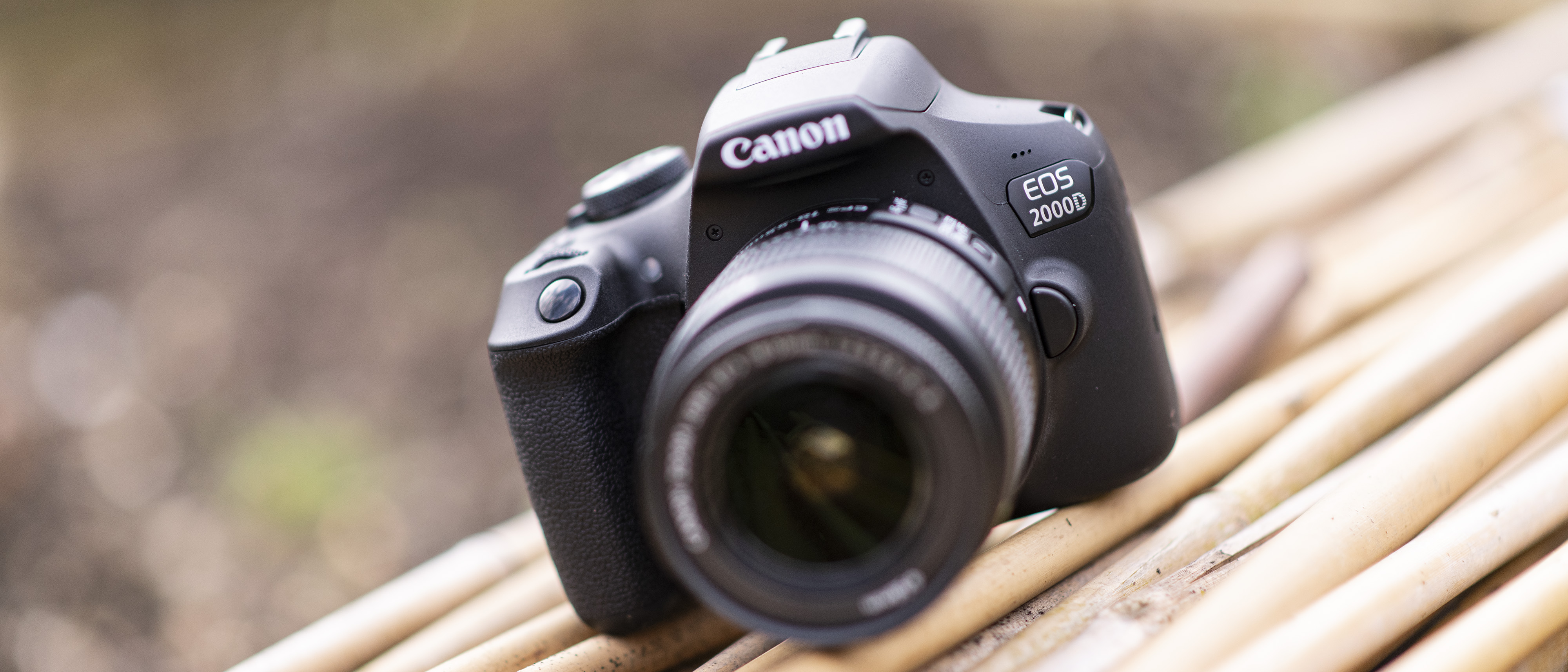TechRadar Verdict
It's hard to get overly excited about the EOS Rebel T7 / EOS 2000D / EOS 1500D, with its modest specifications. But if you want to get started with DSLR photography and don't have a very large budget to match, it's a decent place to start - particularly if you can pick it up for a bargain.
Pros
- +
Easy to use
- +
Logically laid out controls
- +
Decent battery life
Cons
- -
Dated 9-point AF
- -
Only 3fps burst shooting
- -
Plastic finish
- -
No touchscreen
- -
Sluggish Live View focusing
- -
Only 1080p video
Why you can trust TechRadar
This product will likely be reduced in the Black Friday deals, and we’ll be conducting a re-review in the future. However, we’ve tweaked our review to highlight where newer / different types of models might be a better fit in 2021.
The EOS Rebel T7 (known as the EOS 2000D in the UK and the EOS 1500D in Australia) is Canon's most-recent entrant into the competitive entry-level DSLR sector, replacing the EOS Rebel T6 / EOS 1300D.
With a relatively low price point (entry-level DSLRs can be noticeably cheaper than a lot of high-end compacts and bridge cameras), these are the cameras that traditionally introduce new users to a brand, with manufacturers hoping it'll be the one they stick with as they expand their knowledge and grow as photographers.
While the EOS Rebel T8i (EOS 850D outside the US) is Canon's more premium entry-level offering, the EOS Rebel T7 / EOS 2000D is aimed at the more cost-conscious user who's prepared to sacrifice a few features for a more affordable price. But is the EOS Rebel T7 / EOS 2000D a compromise too far?
Features
- Main features unchanged from T6 / 1300D
- 24.1MP sensor
- No touchscreen or 4K video
Sensor: 24.1MP APS-C CMOS
Lens mount: Canon EF-S
Screen: 3.0-inch, 920,000 dots
Burst shooting: 3fps
Autofocus: 9-point AF
Video: Full HD 1080p
Connectivity: Wi-Fi and NFC
Battery life: 500 shots
Weight: 475g
The only major difference between the EOS Rebel T7 / EOS 2000D and the EOS Rebel T6 / EOS 1300D is the sensor. Out went the now very old 18MP sensor in favor of a newer 24.1MP chip, although it's not the latest-generation chip that's impressed in the likes of the EOS Rebel T8i / EOS 850D, but an older variant that we saw in the EOS Rebel T6i / EOS 750D.
While Canon is now onto the eighth incarnation of its DIGIC image processor with the arrival of the DIGIC 8 unit in the EOS M50, the Rebel T7 / 2000D sticks with the DIGIC 4+ that was in the Rebel T6 / 1300D – a processor that was already looking pretty dated when that camera was announced a few years ago. Native sensitivity remains the same at ISO100-6,400, expandable up to 12,800.
Other headline features remain unchanged: the modest 9-point AF system remains in the EOS Rebel T7 / EOS 2000D (with no sign of Canon’s brilliant Dual Pixel CMOS AF system for brisk Live View focusing), while the flush-sitting 3.0-inch display maintains the same 920k-dot pixel count, and foregoes touchscreen functionality.
There's also a 95%-coverage optical viewfinder (pretty standard on entry-level DSLRs); while that might not sound like you're missing much, it’s worth paying particular attention to the edges of the frame when reviewing images, as you may find unwanted elements creeping into you shots.
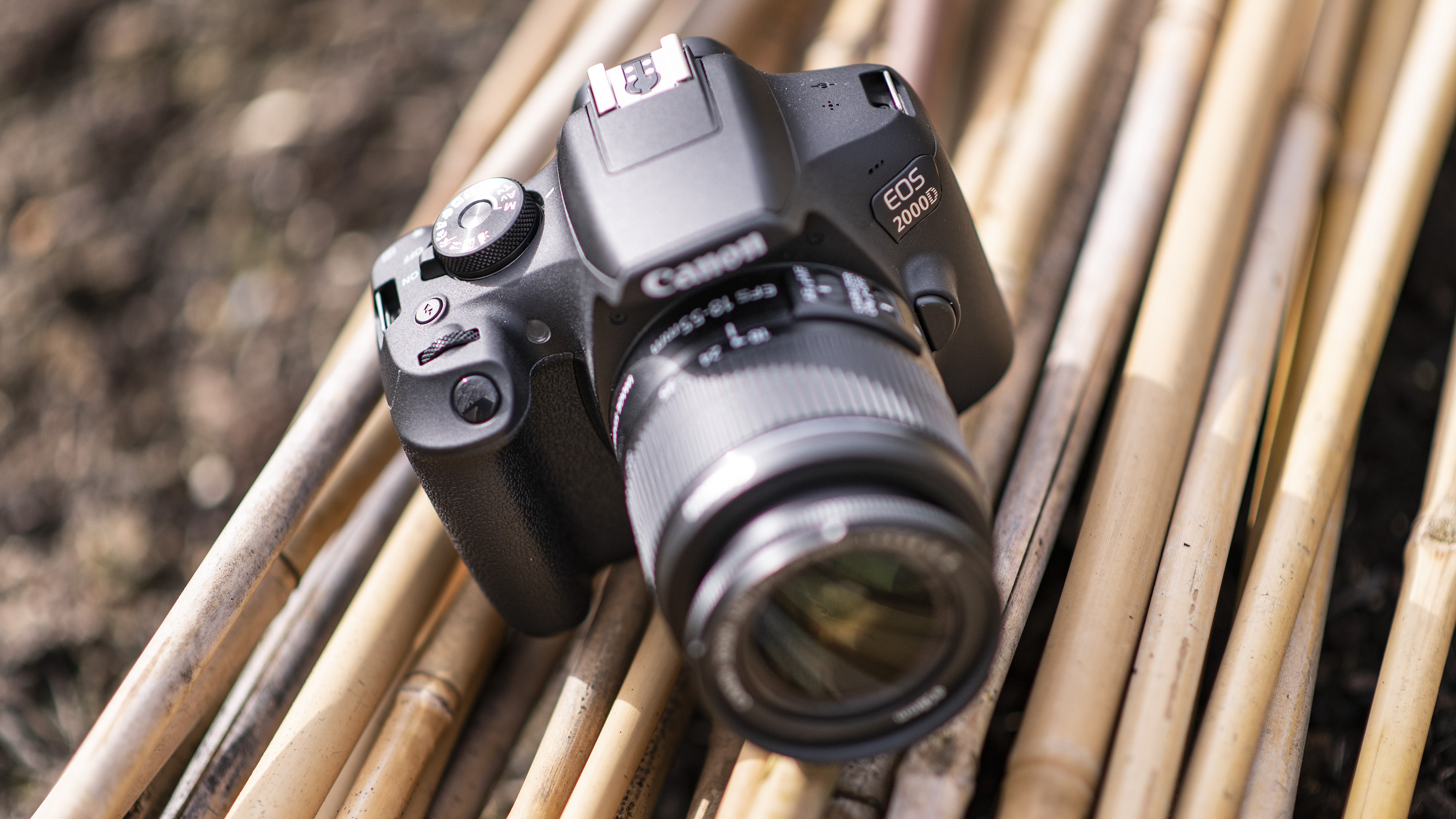
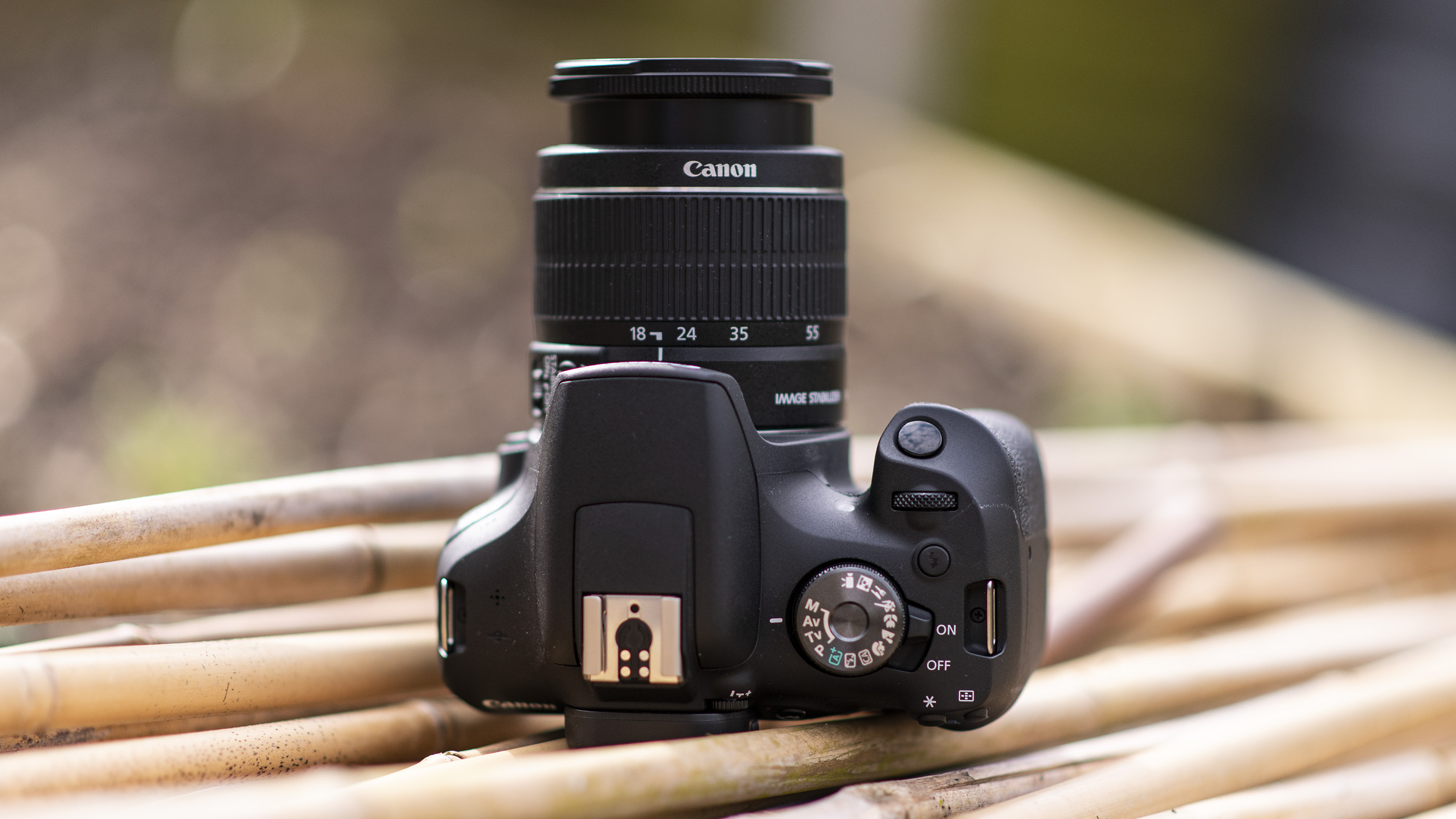
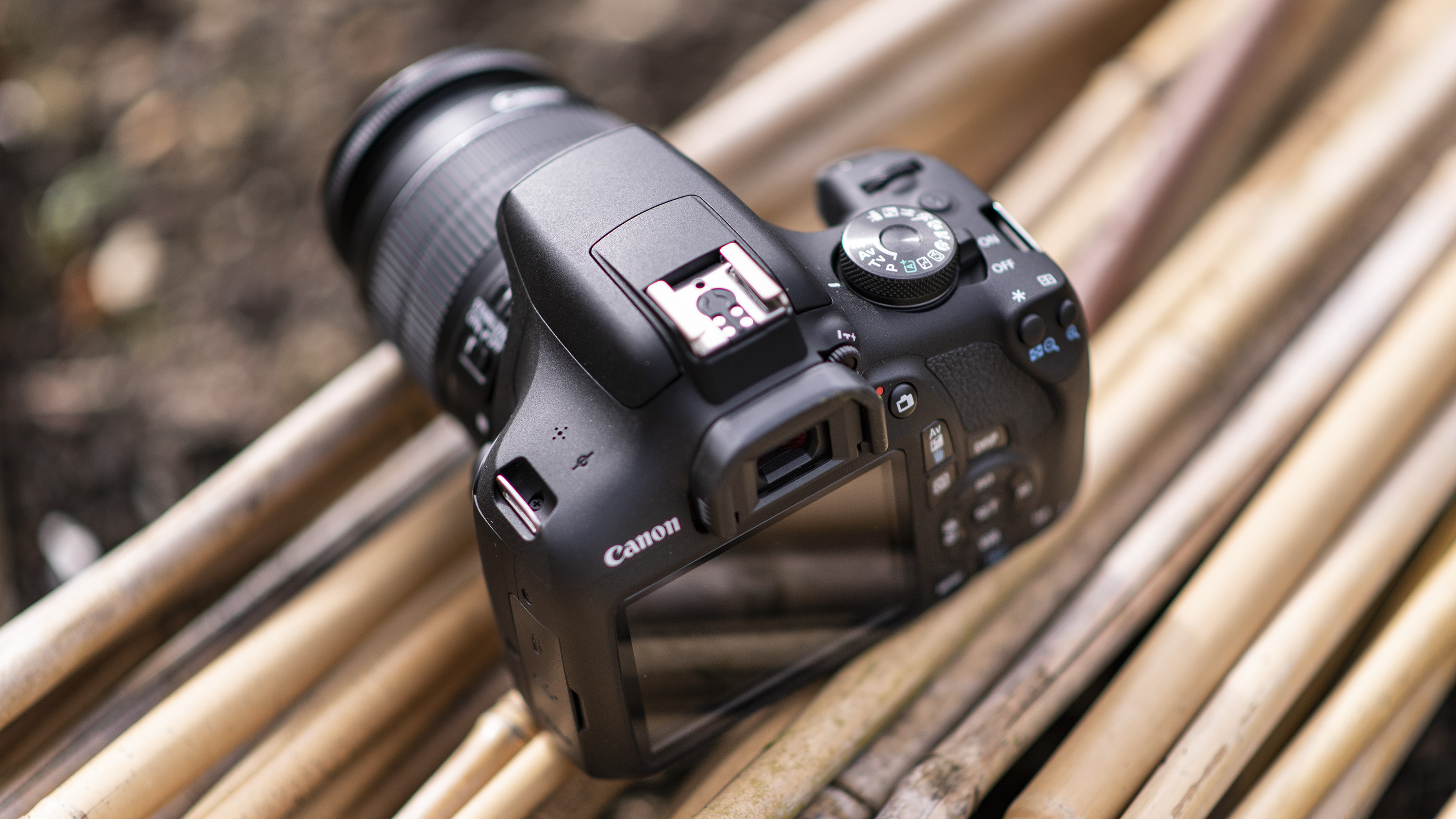
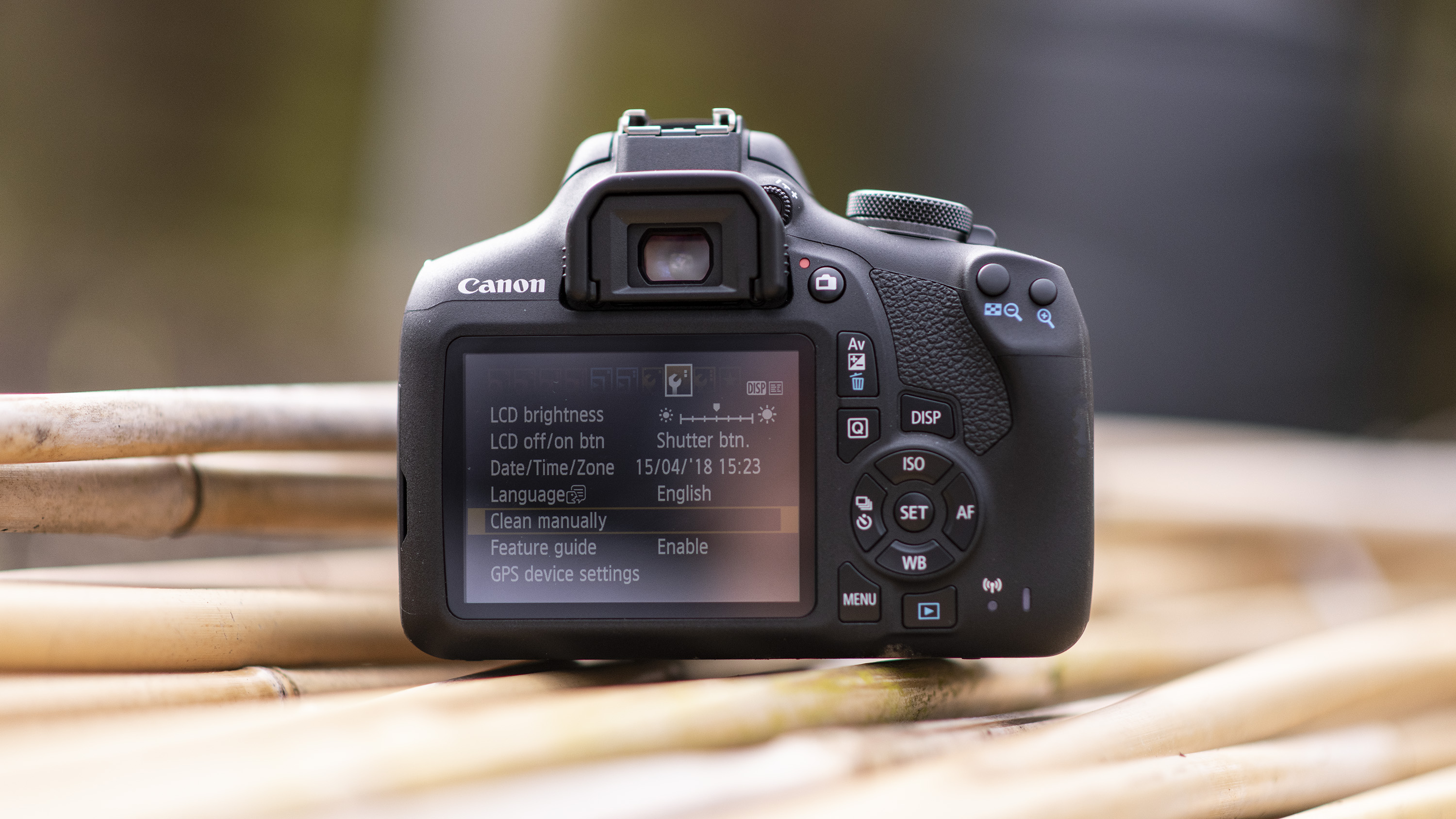
Wi-Fi and NFC connectivity are present, but there's no Bluetooth Low Energy option, as in the likes of the EOS Rebel T8i / EOS 850D.
At the time of the 2000D's release (2018), although 4K was pretty mainstream, it was less so for DSLRs, and almost unheard of in the entry-level sector. Therefore, it's no surprise not to find 4K on the Rebel T7 / 2000D. Instead, it offers Full HD (1920 x 1080) video recording, with 30, 25 and 24fps frame rates available.
Phil Hall is an experienced writer and editor having worked on some of the largest photography magazines in the UK, and now edit the photography channel of TechRadar, the UK's biggest tech website and one of the largest in the world. He has also worked on numerous commercial projects, including working with manufacturers like Nikon and Fujifilm on bespoke printed and online camera guides, as well as writing technique blogs and copy for the John Lewis Technology guide.
